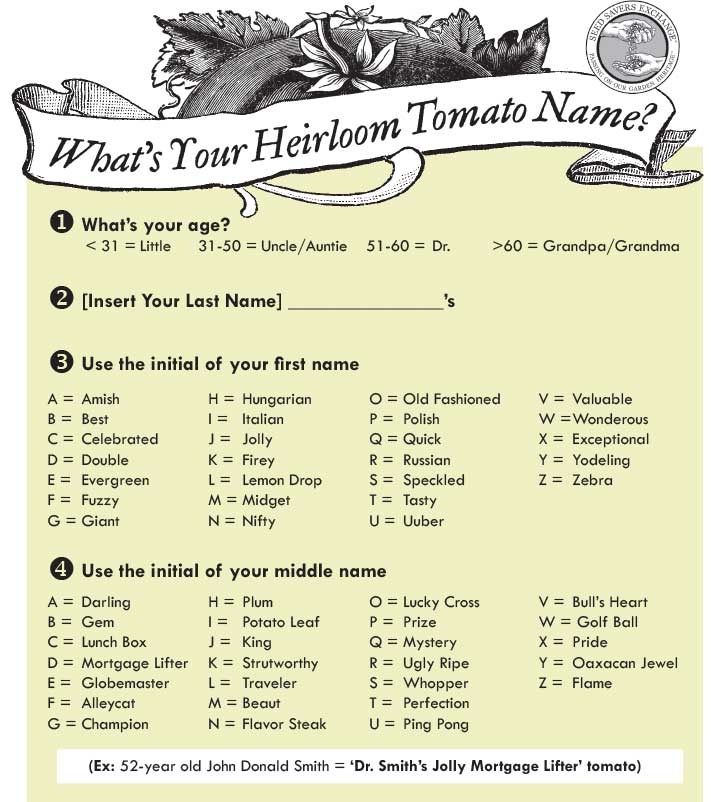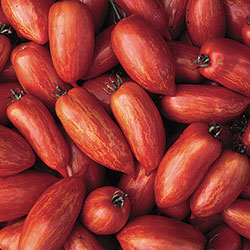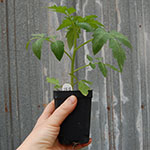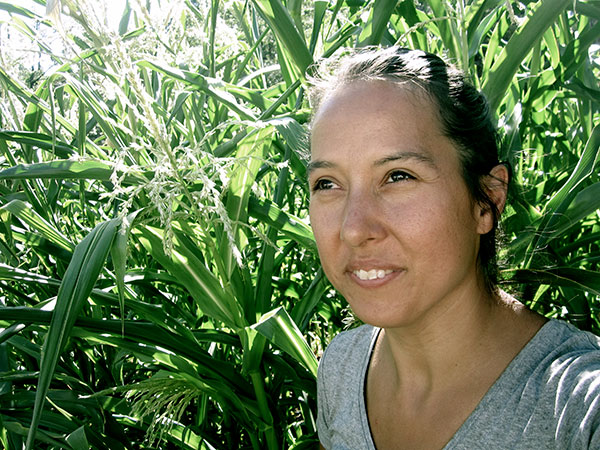Decorah, Iowa —Seed Savers Exchange, Inc. is pleased to announce the election of Rowen White to its board of directors. The election was approved at a special meeting of the board on Friday, February 7, 2014, bringing the total number of board members to nine directors.
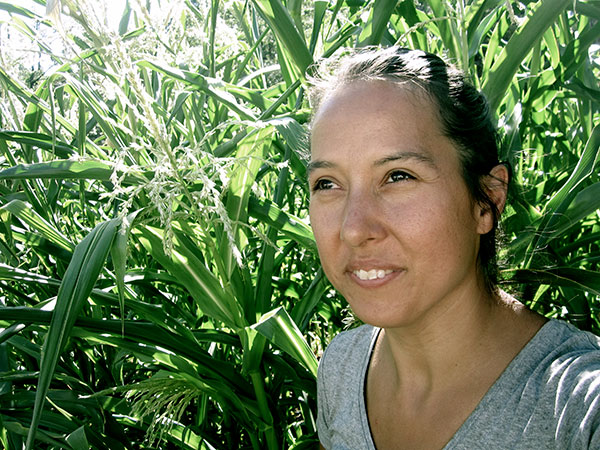 Rowen White is a seed saver, farmer and educator. She is from the Mohawk community of Akwesasne and curates an extensive collection of rare northeast native seeds. She is the co-founder of Sierra Seed Cooperative in Nevada City, CA, focusing on local seed production and education.
Rowen White is a seed saver, farmer and educator. She is from the Mohawk community of Akwesasne and curates an extensive collection of rare northeast native seeds. She is the co-founder of Sierra Seed Cooperative in Nevada City, CA, focusing on local seed production and education.
White is a seed educator with Native Seed/Search Seed School in Tucson, AZ and has had a long standing relationship with Seed Savers Exchange (SSE). She is the author, along with Bryan Connolly, of Breeding Organic Vegetables: A Step by Step Guide for Growers.
“It is a great honor to have been selected to serve on the Board of Directors at Seed Savers Exchange,” White said. “SSE is maintaining over 20,000 accessions of seed in a public access seed bank, while also honoring the cultural memory that seeds carry with them. What a valuable contribution towards the ethical stewardship of our precious collective inheritance of seeds. I have followed SSE's work on preservation of heirloom seeds with great admiration over these many years. “
SSE board chair Keith Crotz called the addition of Rowen White an important step in the organization fulfilling its goal to conserve and promote America's agricultural biodiversity.
“Rowen is an exceptional person who is committed to our non-profit mission,” Crotz said. “She will bring valuable experience to our education programs and help Seed Savers Exchange connect with the next generation of seed savers.” White was elected to a three-year term.
For more information, contact:
John Torgrimson, Executive Director
john@seedsavers.org
(563) 382-5631
Founded in 1975, Seed Savers Exchange operates an 890-acre farm in northeast Iowa where thousands of rare fruit, vegetable, and other plant varieties are regenerated and preserved in a central collection. Its mission is conserving and promoting America’s culturally diverse but endangered garden and food crop heritage for future generations by collecting, growing, and sharing heirloom seeds and plants. SSE also facilitates the world's largest grassroots seed exchange. For information visit www.seedsavers.org










